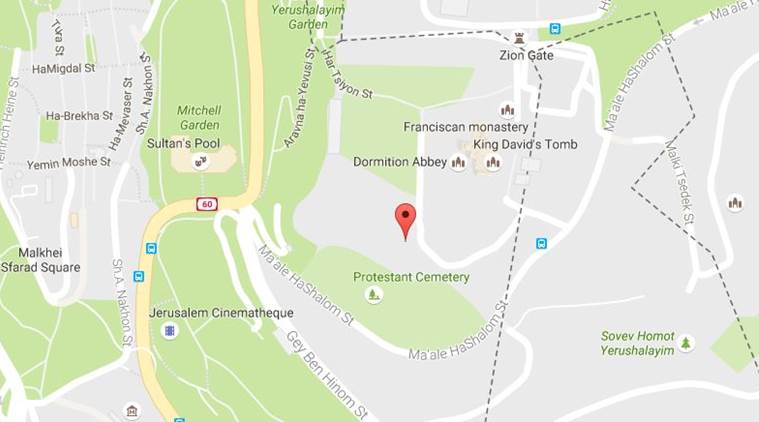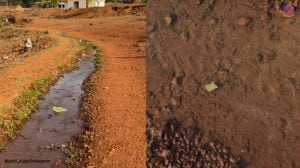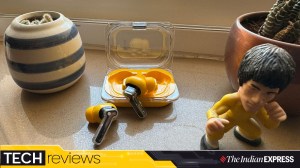- India
- International
Rare gold coin depicting Roman emperor found in Israel
According to archaeologits, the coin is exceptional because this was the first time that a coin of this kind turned up in Jerusalem in a scientific dig.
 The coin was found at University of North Carolina at Charlotte’s archaeological excavation at Mt Zion in Jerusalem. (Source: Google Maps)
The coin was found at University of North Carolina at Charlotte’s archaeological excavation at Mt Zion in Jerusalem. (Source: Google Maps)
Archaeologists have discovered an exceptionally rare gold coin bearing the image of the Roman Emperor Nero that dates to a little over a decade before the destruction of Jerusalem in 70 AD.
The coin was found at University of North Carolina at Charlotte’s archaeological excavation at Mt Zion in Jerusalem.
“The coin is exceptional because this is the first time that a coin of this kind has turned up in Jerusalem in a scientific dig,” said Dr Shimon Gibson, one of archaeologists in charge of the project.
“Coins of this type are usually only found in private collections, where we don’t have clear evidence as to place of origin,” said Gibson.
The gold coin bears the bare-headed portrait of the young Nero as Caesar. The lettering around the edge of the coin reads: NERO CAESAR AVG IMP.

On the reverse of the coin is a depiction of an oak wreath containing the letters “EX S C,” with the surrounding inscription “PONTIF MAX TR P III.”
Importantly, these inscriptions help to work out the date when the coin was struck as 56/57 AD. Identification of the coin was made by historian and numismatist, Dr David Jacobson from London.
The coin dates to a little more than a decade before the destruction of Jerusalem by the Romans in 70 AD, and was found in rubble material outside the ruins of the 1st Century Jewish villas the team has been excavating.
The team has hypothesised that the large houses may have belonged to wealthy members of the priestly caste, and it may have come from one of their stores of wealth.
“The coin probably came from one of the rich 2,000-year old Jewish dwellings which the UNC Charlotte team have been uncovering at the site,” said Gibson.
“These belonged to the priestly and aristocratic quarter located in the Upper City of Jerusalem. Finds include the well-preserved rooms of a very large mansion, a Jewish ritual pool and a bathroom, both with their ceilings intact,” Gibson said.
This mansion and other like it, were utterly destroyed by Titus and the Roman legions, when Jerusalem was razed to the ground.
It is likely, owing to the intrinsic value of the gold coin, it was hidden away ahead of the destruction of the city, and was missed by the Roman soldiers.
“It’s a valuable piece of personal property and wouldn’t have been cast away like rubbish or casually dropped. It’s conceivable that it ended up outside these structures in the chaos that happened as this area was destroyed,” said Gibson.
The image of Nero is significant in that it shows the presence of the Roman occupation and provides a clear late date for the occupation of the residences, researchers said.
Apr 26: Latest News
- 01
- 02
- 03
- 04
- 05































